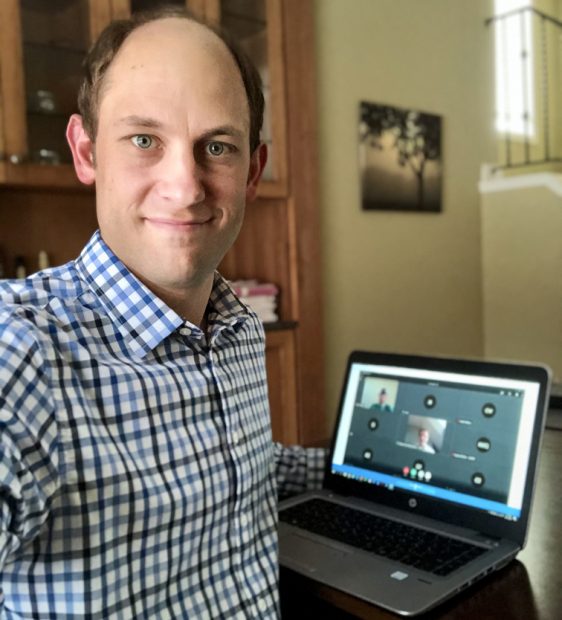Moving the IoT from concept to deployment
- March 23, 2020
- Steve Rogerson
IMC executive editor Steve Rogerson talks with Mark Tekippe (pictured) from Digi about the IoT, scalability and the coronavirus.
There is a big difference between designing a proof of concept in a laboratory on a Raspberry Pi or Arduino board and scaling that product to 50,000 users. While that might always have been a problem in some sectors, it has come sharply into focus with the dawn of the IoT era, as the demand to have everything connected becomes almost universal.
And it is a problem that Mark Tekippe, embedded product director at Digi, is now seeing as part of his everyday work. I asked him what had changed.

“Over the last ten years, the IoT has been about people developing proofs of concepts and showing how they can get a return on investment,” he said. “Now, we are past that and it is about companies looking at how they can apply this to their products.”
This period was always going to come and we have all seen those predictions about how massive the IoT is going to be, it has just not happened quite as quickly as the forecasters envisaged. But now could be the time to catch up.
“It has been slower than people thought,” said Mark. “The challenge now is to make it faster.”
One aspect of that challenge is scalability. Once a product moves away from the Raspberry Pi, then the concept breaks down. Different bits of hardware need integrating, security has to be added. There has to be a way to do firmware updates.
This in itself is slowing down the growth of the IoT because companies are putting too much of their efforts into keeping existing deployments working rather than moving into new areas.
“Some companies have figured scalability out,” said Mark. “The problem is when people try to go direct from proof of concept to production and take shortcuts. They then have problems keeping it up to date and maintained. A lot of companies don’t have the expertise to do this on their own and they miss the mark. Those that do it well have partnered with others. They don’t do it on their own.”
Though some are trying to use the successes as templates for their own projects, this rarely works because of the differences between the applications.
“We have tried to bundle the different services together so our customers don’t have to do this on their own,” said Mark. “They can then focus on their applications and how they can deliver value without worrying about this.”
He said a lot of companies saw the IoT as becoming a big part of what they were doing and have developed a company wide platform that all departments could use.
“They get it working and then cookie cutter that for the individual teams,” he said. “That will accelerate the growth of the IoT.”
One element affecting business that nobody could have predicted this year is the global health crisis caused by the coronavirus and that is having an impact just about everywhere with people working from home and exhibitions being cancelled.
“Trade shows are always important opportunities to meet people,” he said. “But we also do a lot with webinars. People have more tools these days to work remotely and online. We can have global meetings. We are used to working with engineering groups in other countries. We are in a lot better shape to work digitally than we would have been, say, twenty years ago.”




